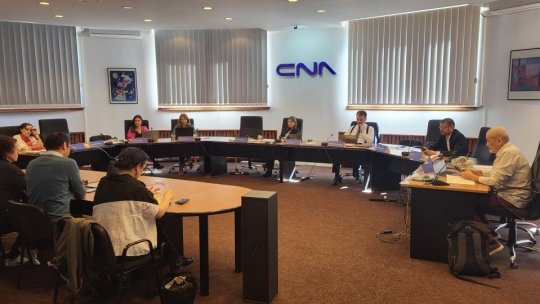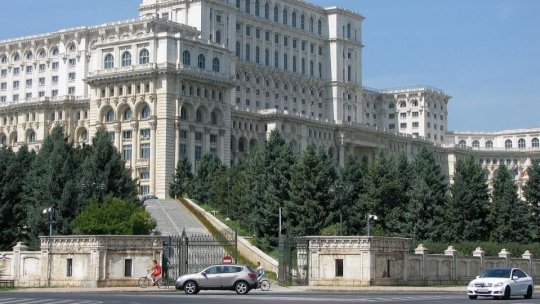Financial Press Review, November 18
Articles from "Ziarul Financiar", "Bursa", "Curierul Naţional", "Economistul" and "Dilema veche".

Articol de Dinu Dragomirescu, 18 Noiembrie 2010, 23:09
Under the title ‘the budget, IMF’ rag’, the Curierul Naţional writes that the parameters established by the Government are just a copy of those agreed with IMF; they are not even interpreted’.
The daily quotes the case of the personnel expenditure ceiling which will be 7.5 percent of GDP, in 2011.
‘Instead of discussing about the aggregate wage envelope (a term coined from French, ‘enveloppe slariale’, referring either to a public worker’s salary package or to the whole sum of public money assigned for paying all public workers), we should have first analysed and seen if this was really necessary in its present shape. We should have figured out how many people we needed inside the system and haw much efficient was everyone.’
Moreover, the daily outlines the trustworthiness issue, which ‘is mostly determined by the fact that, in the past, Government counted mainly on indebtedness (arrears).’
On the other hand, the daily Economistul reveals also that ‘at the beginning of this summer the value of arrears increased twice form the fixed target agreed with IMF.’
Greater efforts are necessary in order to get rid of bureaucracy and excessive regulation which, according to surveys, companies identify them with constraints.’
The daily Bursa refers to a report of the European Bank for Reconstruction and Development, which emphasizes that ‘the main priority of Romania, regarding structural reforms, must be based on improving investment framework.
The Dilema veche publishes a file entitled ‘Romanian movie – who needs it?’ .
‘If in 2000, as quoted, there was no premiere of a Romanian movie, then in 2010 have been broadcasted sixteen Romanian movies.
‘Maybe, only in 2011-2012 we will see a correction in the aggregate bank assets. It is distressing but necessary and we can see that other countries have already applied it.’
Under the title, ‘Banks are not ready to admit the truth’, the Ziarul Financiar publishes an article quoting Vladimir Kalinov, vice-president of risk of Raiffaisen Bank: ‘banking churn is not over yet’. (…) ‘Banks are tempted to delay the reporting of the real situation related to the credits portfolio, putting off in many ways the acknowledgement of losing their hope in the economic improvement’.
On the contrary, the situation of cinema rooms is perilous’. ‘although we are the only country in Europe where, between 2000 -2010, Romanian actors were constantly awarded with the greatest prizes, at the most important festivals in the world, in 2008, a survey called ‘Curs’ showed that 87 percent of the over eighteen years Romanians had not seen any movie at cinema’.
Under the title ‘The Geography of a country that doesn’t even exist’, the weekly Timpul writes that ‘an issue in Romanian schools is related also to schoolbooks, which have not been updated for over a decade, at many subjects.
From all the sugar factories that the textbook refers to, there is only four. From all the thirty five wool factories that existed before 1989, nowadays, there run only three.
Therefore an indicative example is the eighth grade geography textbook in which mainly economic geography chapter includes completely overcome information.
Pupils find out of the textbook that our country still yields grapes, at Arad, fabricates Aro off-road cars, at Câmpulung, and makes synthetic rubber at Borzeşti and moreover, they find that Romania may be a great trucks producer but also that it hopes to adhere to NATO and to European Union.
According to the Timpul, Romanain Society of Geography decided to require authorities to give current information’, being aware of the fact that geography textbooks, mainly economic geography schoolbooks, offer too much old and excessive information.
The same weekly writes under the title ‘Sad anniversary for the merchant fleet’, that ‘115 years ago, in our country was being built the Romanian Maritime Service which was the first national merchant ships institution. Over time, the fleet counted over 300 ships. In 2010, at anniversary, it has counted only six.’
Translated by: Cristina Anamaria Maricescu
MA student, MTTLC, Bucharest University









